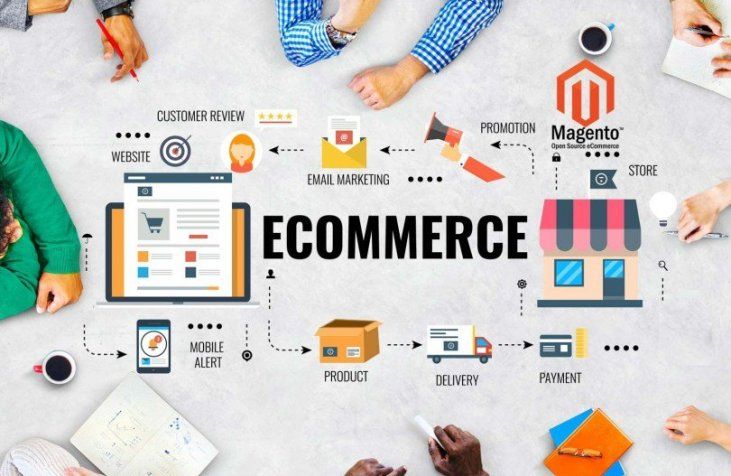
In the evolving landscape of e-commerce, artificial intelligence (AI) has emerged as a transformative force—reshaping digital shopping experiences through real-time analytics, behavioral modeling, and hyper-personalization. As online retail continues to accelerate, AI-powered solutions are helping businesses design more intuitive, responsive, and context-aware user experiences. This article explores how data-driven AI technologies are revolutionizing e-commerce interfaces and performance, backed by key use cases, metrics, and design innovations.
Predictive personalization through big data
One of the most significant applications of AI in e-commerce lies in predictive personalization. By analyzing massive datasets—ranging from historical purchasing behavior to real-time browsing patterns—AI algorithms can anticipate customer needs and dynamically adjust the user interface (UI). For example, AI-powered engines can reorder product listings, suggest relevant accessories, and even tailor homepages based on individual user preferences. This level of personalization has been linked to improved conversion rates and lower bounce rates, especially when integrated across devices and channels.
With more than 2 billion active monthly users shopping online, the ability to predict intent has become a competitive differentiator. Through clustering algorithms and collaborative filtering, retailers can serve product recommendations that mirror user expectations while optimizing upselling and cross-selling opportunities.
Adaptive user interfaces
Unlike static UI components, adaptive interfaces respond to data inputs in real time. For instance, if a customer frequently browses eco-friendly fashion, the interface may shift to highlight sustainable brands, adjust filtering options, or prioritize relevant content. This form of data-driven design leverages reinforcement learning to continuously optimize user journeys.
E-commerce platforms are increasingly using these adaptive models to enhance experiences across verticals—from tech gadgets to online boutique clothing retailers. Tools such as A/B testing and multivariate analysis are also deployed to evaluate the impact of changes, ensuring that interfaces evolve based on measurable outcomes.
AI-enhanced content generation
AI-driven tools are not just shaping user interfaces—they’re also influencing the content that populates them. Through natural language generation (NLG), e-commerce businesses can automatically generate product descriptions, FAQs, and blog posts optimized for SEO. Platforms like Neuroflash help brands scale their content strategy while maintaining linguistic quality and brand tone.
The integration of generative AI into content workflows allows for faster iteration and A/B testing, particularly when launching new campaigns or targeting niche segments. For example, businesses launching seasonal collections can quickly produce multiple landing page variants optimized for different demographics or buyer personas.
Intelligent search and navigation
AI-powered search engines go beyond keyword matching. By applying semantic analysis and user behavior modeling, intelligent search systems can interpret queries more accurately and present contextually relevant results. Voice search, visual search, and natural language inputs are becoming central to the e-commerce search experience.
These advancements are particularly crucial for mobile-first users, who expect speed and accuracy in navigation. Retailers are investing in AI tools that reduce friction in the buying process, using insights from heatmaps, clickstream analysis, and funnel visualization to refine site architecture and layout.
Optimizing design workflows with AI
AI is also streamlining the design and development process. Platforms like Figma and Adobe XD are integrating AI-powered suggestions for layout, color schemes, and spacing based on usability heuristics and conversion data. Moreover, businesses evaluating the cost to build a website now factor in AI tools as cost-saving enablers that reduce manual labor and increase design accuracy.
Outsourcing web design services that incorporate AI-driven practices can also enhance ROI, particularly when the objective is scalability. By automating repetitive design decisions and generating wireframe prototypes, AI supports designers in focusing on higher-level creative strategies.
From intuition to intelligent design
AI is ushering in a new era in e-commerce—one where user experience is shaped not by guesswork but by granular, continuous data analysis. From predictive personalization and adaptive UIs to intelligent search and automated content creation, the intersection of AI and data science is redefining how digital commerce operates.
As businesses seek to meet rising customer expectations while controlling operational costs, AI-powered design solutions offer a pathway toward scalable, personalized, and frictionless e-commerce environments. For forward-looking retailers, embracing this evolution isn’t optional—it’s inevitable.
